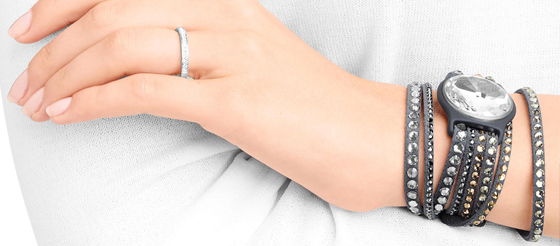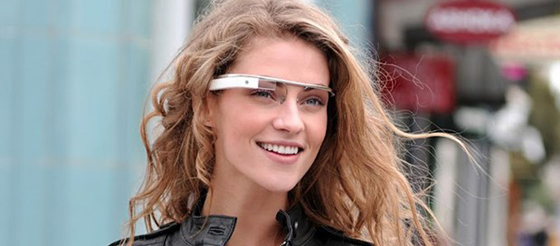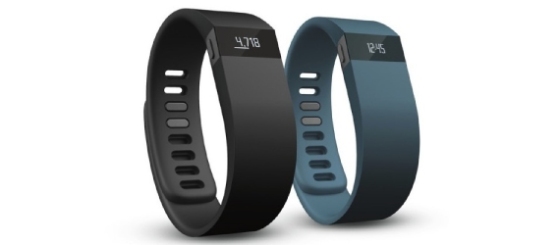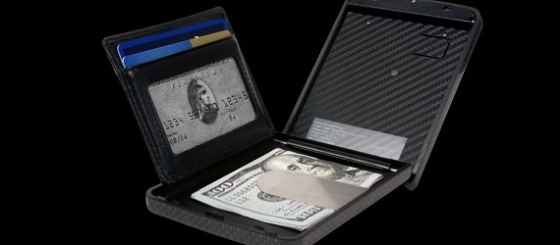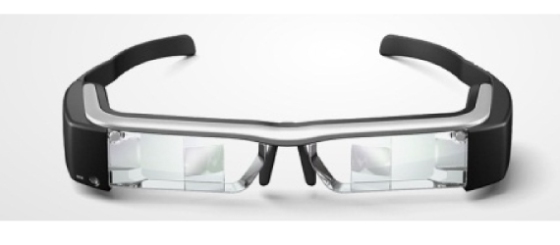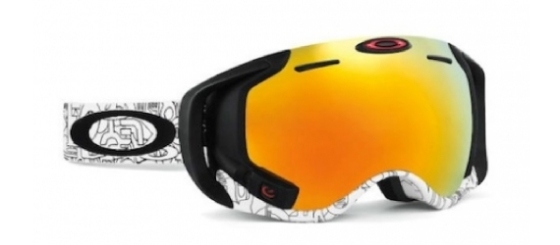Let’s talk about wearables and how retailers can capitalise on a category that, contrary to some people’s opinions, will in 2015 continue to grow in sales and value.
It’s becoming clear that wearables are not a fad. As more brands and products enter the market, some may disappear – Google Glass for one – but those that have demonstrated their credentials in 2014 will remain a fixture in 2015 and possibly beyond.
As the hype around a particular brand of watch spirals ever more out of control, the benefits of heightened exposure for the category is naturally index-linked for retailers, so now is the time to ride that wave and ignore the sceptics.
As of the end of 2014, three million Brits owned a wearable device, with Dixons Carphone reporting a 710 per cent increase in wearables sales over the year.
The UK wearables market value was predicted to have hit £313.6 million by the end of 2014 and many shoppers had wearable devices at the top of their lists for Christmas 2014.
The same research conducted by Dixons Carphone confirmed that Sony’s Smartwatch, Fitbit’s Flex and Samsung’s Gear Fit were the top-selling wearables during the Christmas period. It’s clear they are growing in popularity among consumers, with research from Samsung suggesting that sales during Christmas 2014 were 182 per cent higher than the same period in 2013. One can only assume that again this will increase in 2015.
With growth in mind, ranging of core lines is essential to appeal to a wide demographic, coupled with a greater in-store experience.
Staff need not only to understand the products well enough to sell them as standalone or add-on sales, but also become advocates themselves.
Think about giving your staff devices to use and live with for a sustained period. This could be done in partnership with a specific market leader like Fitbit or a relative newcomer like Epson Sensing to immerse them in the wearables experience and improve their sales technique – as they do when training to sell other CE products in your store. It may also make your staff healthier, happier and more productive – a win-win for all.
But seriously, with almost a quarter (23 per cent) of wearables purchased as gifts, the person buying may not know anything about the product and store staff therefore need good product knowledge to help seal the deal. Also, with two-thirds of consumers citing ease of use as an important factor when selecting a wearable product, a demonstration becomes crucial.
Shoppers need reassurance that products are easy to use and include useful functions. Effective staff training for product knowledge and demonstrations reassures shoppers and potentially increases not only unit sales, but also the value of each sale.
Displays are also important. Think about the location in-store and connectivity to other devices you may range. The customer journey should be one that enables the customer to see how wearables work with the phone in their pocket, TV or even a washing machine.
With an estimated 17 million Brits set to own a wearable in 2015, creating a potential UK market worth £1.7 billion, the opportunity is clear for all.
Don’t just think traditional wearables – the market will grow through innovation. Soon you’ll see a number of wearable devices for pets, including a smart dog collar from Motorola, which includes a remote 720p camera, GPS connectivity and speakers to communicate with your dog via your smartphone, accompanying the various GPS tracker collars already on the market.
Also expect connected clothing and jewellery – wearables developed more as fashion accessories – beginning to emerge, making tech more mainstream and commonplace among customers.


